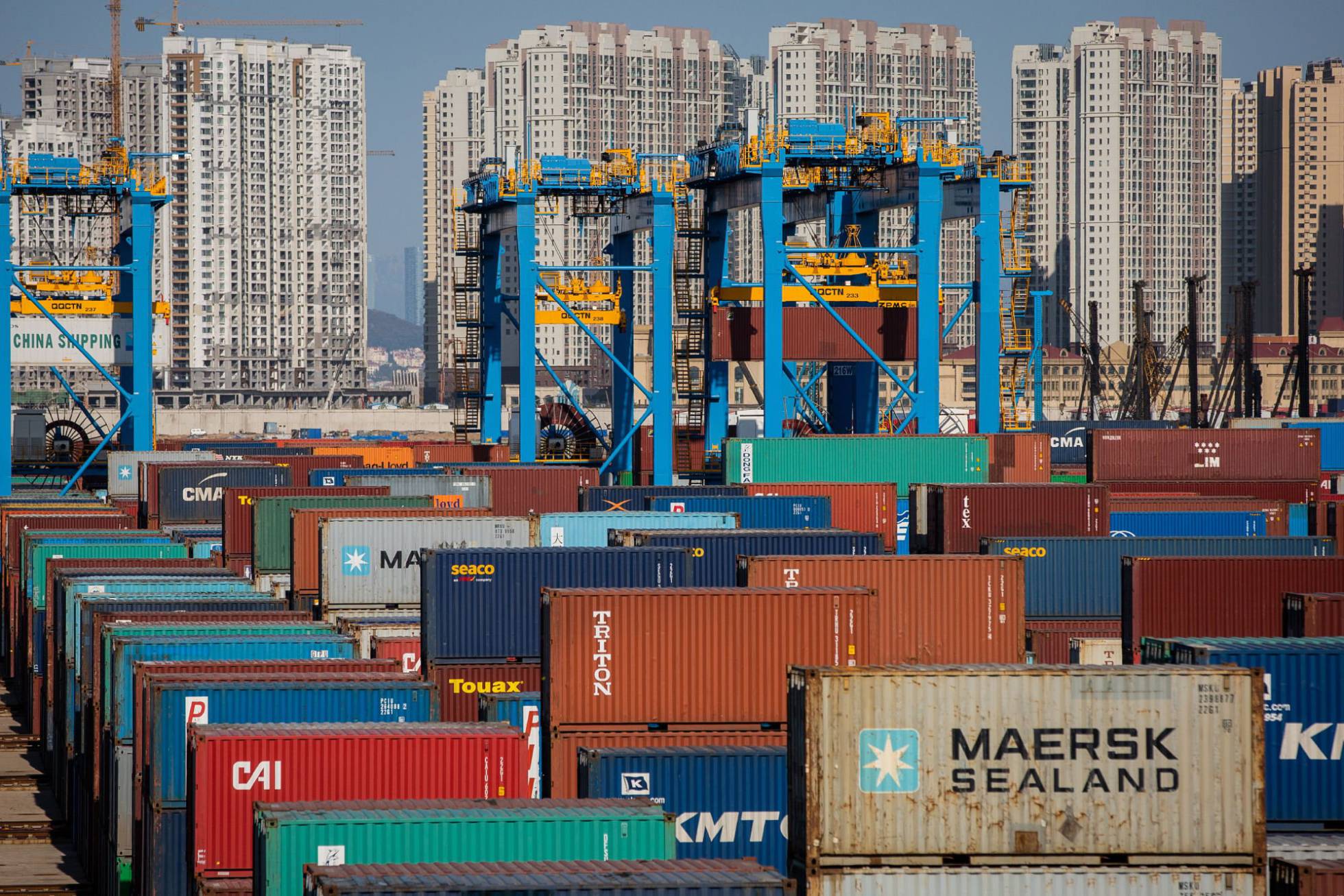
The trade war between the United States and China is one of the causes, perhaps the main one, of the weak growth prospects of the world economy, and especially of the European economy. Therefore, a trade agreement that puts an end to the conflict would be the first condition for stabilizing the prospects for global trade and for removing fears of a slowdown. But that agreement, which seemed very close during the negotiations in Washington, was abruptly upended by the U.S. administration’s decision, in the middle of the talks, to apply a tariff increase on up to $200 billion of Chinese products. Trump broke the deferment that is implied in all negotiations with the argument that China had breached some of its previous commitments. The negotiations have not been interrupted and will continue in Beijing, but Trump has resorted to one of his favorite tactics, which is to execute a show of force to destabilize his interlocutors and bring negotiating tensions to the limit. The signing of the agreement is crucial to expectations for the next four years.
It is likely that the agreement will be signed in the next two weeks. China depends on its exports more than the United States does and urgently needs to prop up its growth possibilities with a phase of changes in its domestic economic policy. For Trump’s economic team, it is vital to convey to the public that he has achieved a political victory over China by reducing the U.S. trade deficit with that country, which is estimated at $419 billion. Behind Trump’s protectionist practices lurks a medium-term strategy of using state policy to gain markets for new technologies, such as 5G, for U.S. companies, 5G being a technology for which China is a powerful competitor.
We must not lose sight of the fact that Chinese commercial positions have well-known advantages in Europe. It seemed necessary to correct them through a determined negotiation strategy, what in politics is called “standing firm.” But the tariff war promises to be at least as expensive as the invasive maneuvers of Chinese products.
It is not the least of the problems that occur under the principle that any economic zone is considered in practice to be a “commercial enemy” of the United States, and therefore, it also places the eurozone in the line of fire. In a protectionist environment, an uncontrolled race is unleashed to gain economic advantages at the expense of other countries or economic zones from which it is difficult to leave and destroys trust within political relations.
For the White House, consideration of global economic growth is secondary, as are the costs needed to support sectors of the American economy, in this case agriculture, in the wake of reprisals by third countries. As long as the U.S. economy continues to grow, the damage produced by Trump’s trade policy will be an irrelevant political factor. Aggressive tariffs will be sustained as long as growth rates are high and as long as the Federal Reserve can maintain interest rates at a relatively moderate level with respect to prospects for overheating the economy.
It is likely that the agreement will be signed in the next two weeks. China depends on its exports more than the United States does and urgently needs to prop up its growth possibilities with a phase of changes in its domestic economic policy. For Trump’s economic team, it is vital to convey to the public that he has achieved a political victory over China by reducing the U.S. trade deficit with that country, which is estimated at $419 billion. Behind Trump’s protectionist practices lurks a medium-term strategy of using state policy to gain markets for new technologies, such as 5G, for U.S. companies, 5G being a technology for which China is a powerful competitor.
We must not lose sight of the fact that Chinese commercial positions have well-known advantages in Europe. It seemed necessary to correct them through a determined negotiation strategy, what in politics is called “standing firm.” But the tariff war promises to be at least as expensive as the invasive maneuvers of Chinese products.
It is not the least of the problems that occur under the principle that any economic zone is considered in practice to be a “commercial enemy” of the United States, and therefore, it also places the eurozone in the line of fire. In a protectionist environment, an uncontrolled race is unleashed to gain economic advantages at the expense of other countries or economic zones from which it is difficult to leave, and destroys trust within political relations.
For the White House, consideration of global economic growth is secondary, as well as are the costs needed to support sectors of the American economy, in this case agriculture, in the wake of reprisals by third countries. As long as the U.S. economy continues to grow, the damage produced by Trump’s trade policy will be an irrelevant political factor. Aggressive tariffs will be sustained as long as growth rates are high and as long as the Federal Reserve can maintain interest rates at a relatively moderate level with respect to prospects for overheating the economy.

Leave a Reply
You must be logged in to post a comment.